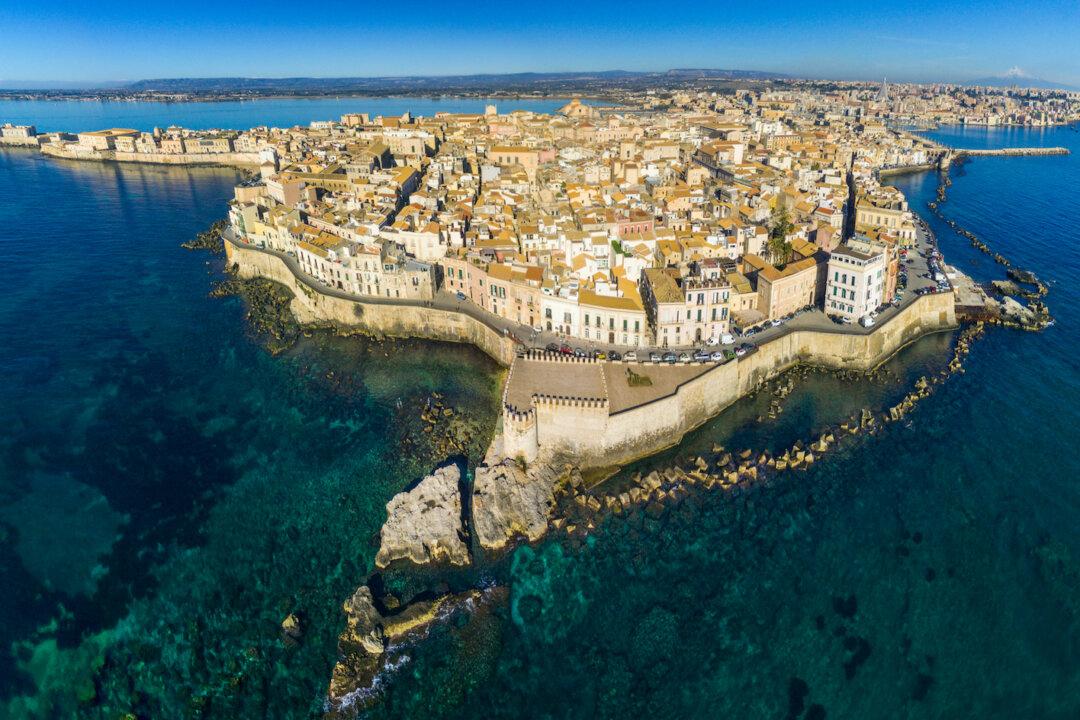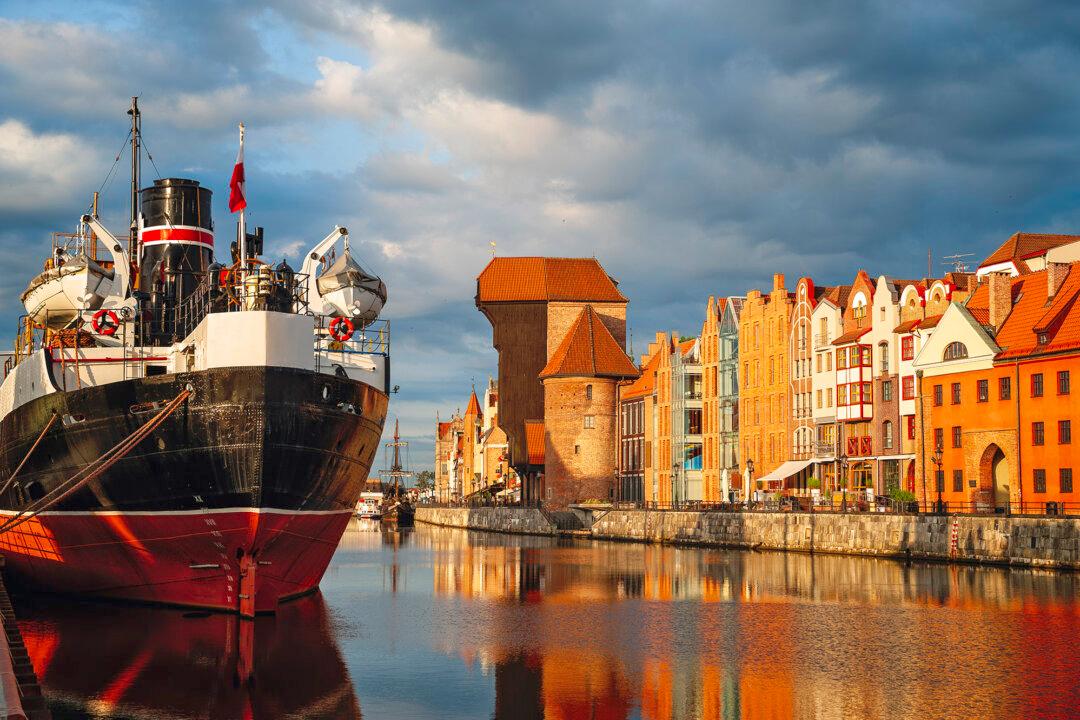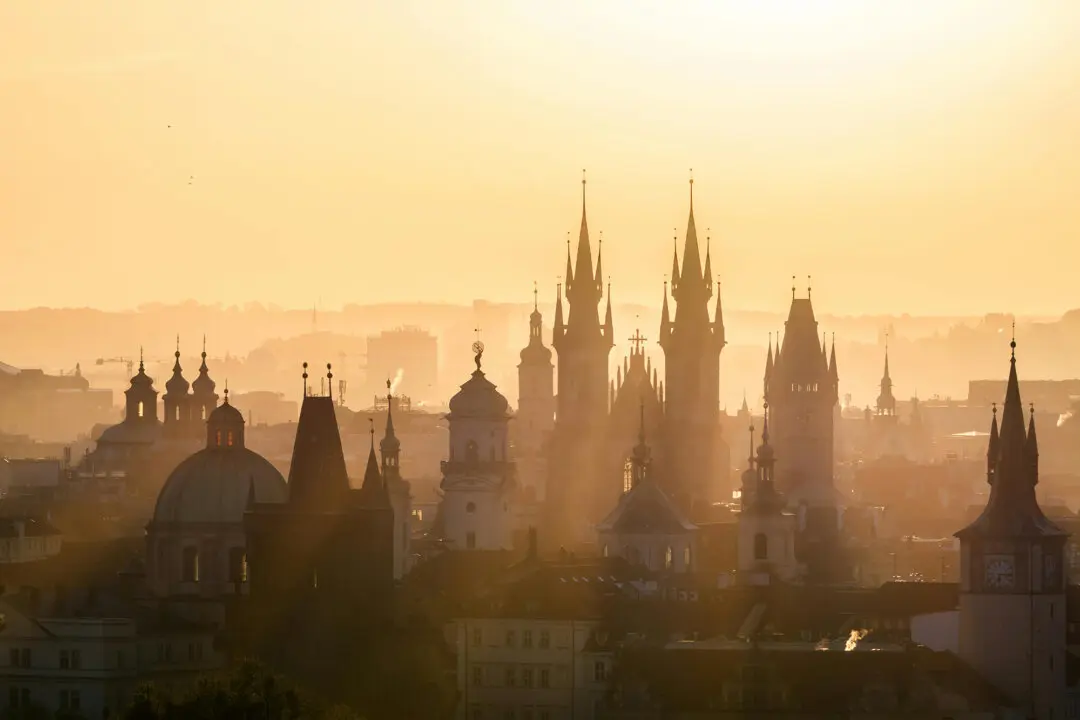It was a discovery born out of very little research or planning. Arriving by fast ferry, speeding across the Ionian from Malta, and landing in a fairly forlorn part of the island, I disembarked long after dark. A taxi driver met me in the parking lot. The whole adventure came out of an assumption and an idea: I had a few extra days at the end of a weeks-long trip to Europe and wanted to see more of Sicily, so I made last-minute plans, basically picking a spot at random on a map and hoping for the best (aka, assuming everything would work out).
The taxi driver drove us through the night. I had hoped to gather some local intel from him, but he spoke no English. We wound along the inky-black coastline, passing the lights of small towns set down by the sea or nestled up in the hills. In the back of the cab, I furiously googled local attractions and things to do in the area. Arising early the next day, I found a city both ancient and beautiful, a place wholly unknown to me a couple of days before where history runs deep and wandering brings its own rewards.





